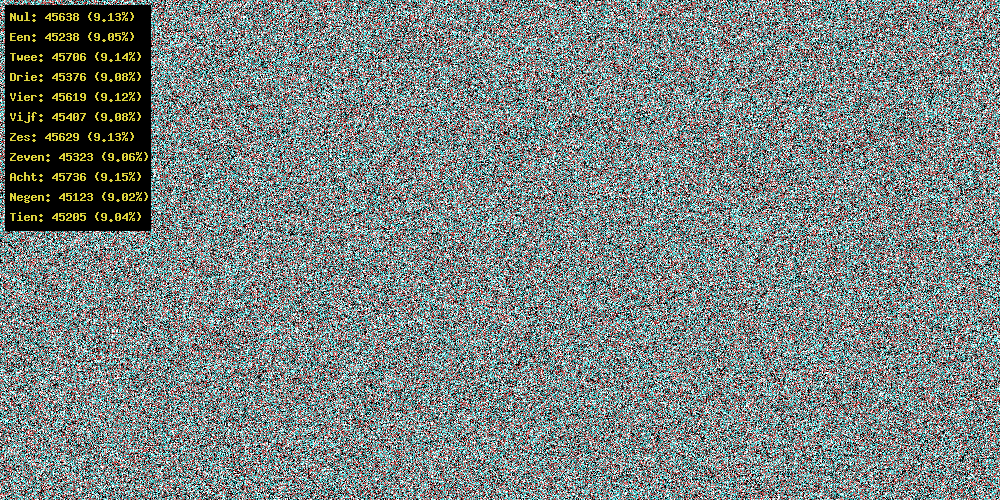Every programmer uses them.. PRNG’s, better known as Pseudo-Random Number Generators; in PHP represented by the rand(min,max) function.
Unlike True Random Number Generators (TRNG’s) that use true random data like atmospheric noise to create their numbers, PRNG’s rely on software algorithms to come up with seemingly random numbers.. but are they?
And is there a difference between Linux and Windows PRNG results?
I decided to give it a little try, and came up with the following, very simple but yet quite test:
|
|
Running this script will result in a noisy image, which when everything goes well, should be patternless (otherwise the results wouldn’t be as random as they should be!). For convenience I added a few counters, to display the spread of the numbers.
In my test results on both Windows and Linux, the results came up about equal each time:
There are no patterns in the images, significantly decreasing the chance of predicting the next number the PRNG will produce. (Which is important for various obvious matters).
Though there are no visible patterns, the number spread seems to be about equal each run.. 9% for each of the 11 possibilities..

I have my doubts about the randomness of such an equal spread.. but I’m not drawing any conclusions just yet.. perhaps when I feel like investigating this further ;-)